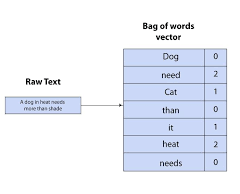How is data migrated to Salesforce?
You can migrate data by importing or inserting records from another Salesforce legacy source, organization, or other external source into a new target organization. It’s important to import object data in a particular order to maintain record relationships.
Salesforce Data Migration Tools.
The tools that perform data migration are of the ETL type (extract, transform and load) and there are a wide variety available. Some are suitable for beginners or non-programmers, while others may be preferred by developers.
How long does Salesforce migration take?
Based on our previous experiences, the typical timeframe for a Salesforce data migration process ranges from 20 days to approximately 2.5 months. Automated data migration tools are available to import and export data between different Salesforce orgs.
How difficult is Salesforce data migration?
In the grand scheme of things migration is a more challenging project and will vary greatly depending on the format, accuracy, and size of the data source or sources.
What are the phases of Salesforce data migration?
The three general phases of the migration project are preparation, migration, and user acceptance testing. Preparation is the most critical step. First off you have to develop a data migration plan complete with timelines, dependencies, and milestones. Preparation of the data and cleansing and mapping to Salesforce are topics for an entire additional article. Then the migration itself begins and everyone involved must be aware of any downtime this could create. Finally once the data has been migrated to Salesforce you have to ensure it is transferred correctly and check it for accuracy.
You can migrate data by importing or inserting records from another Salesforce legacy source organization or other external source into a new org as well.
If this primer has you concerned about your Salesforce data migration project, contact Tectonic today.













